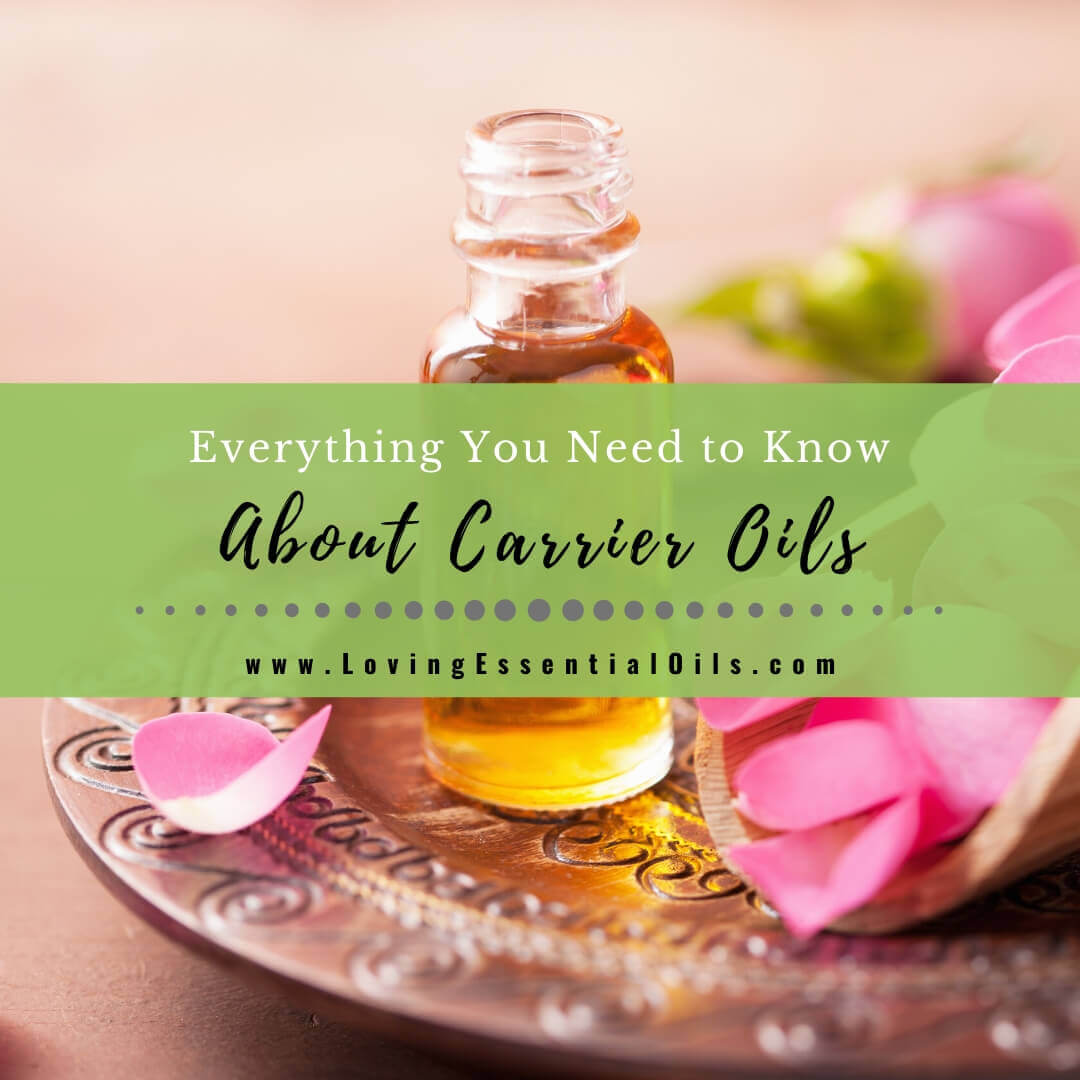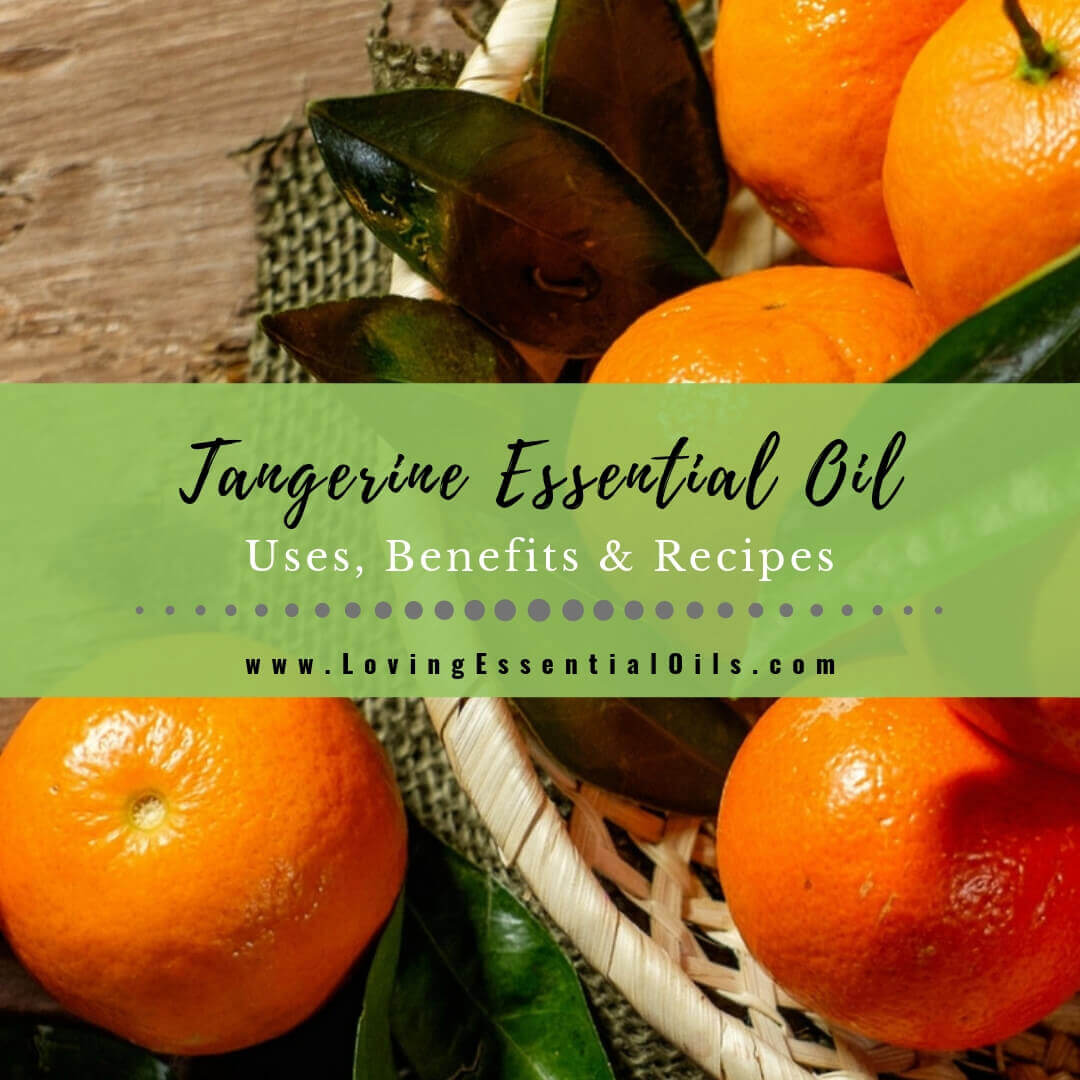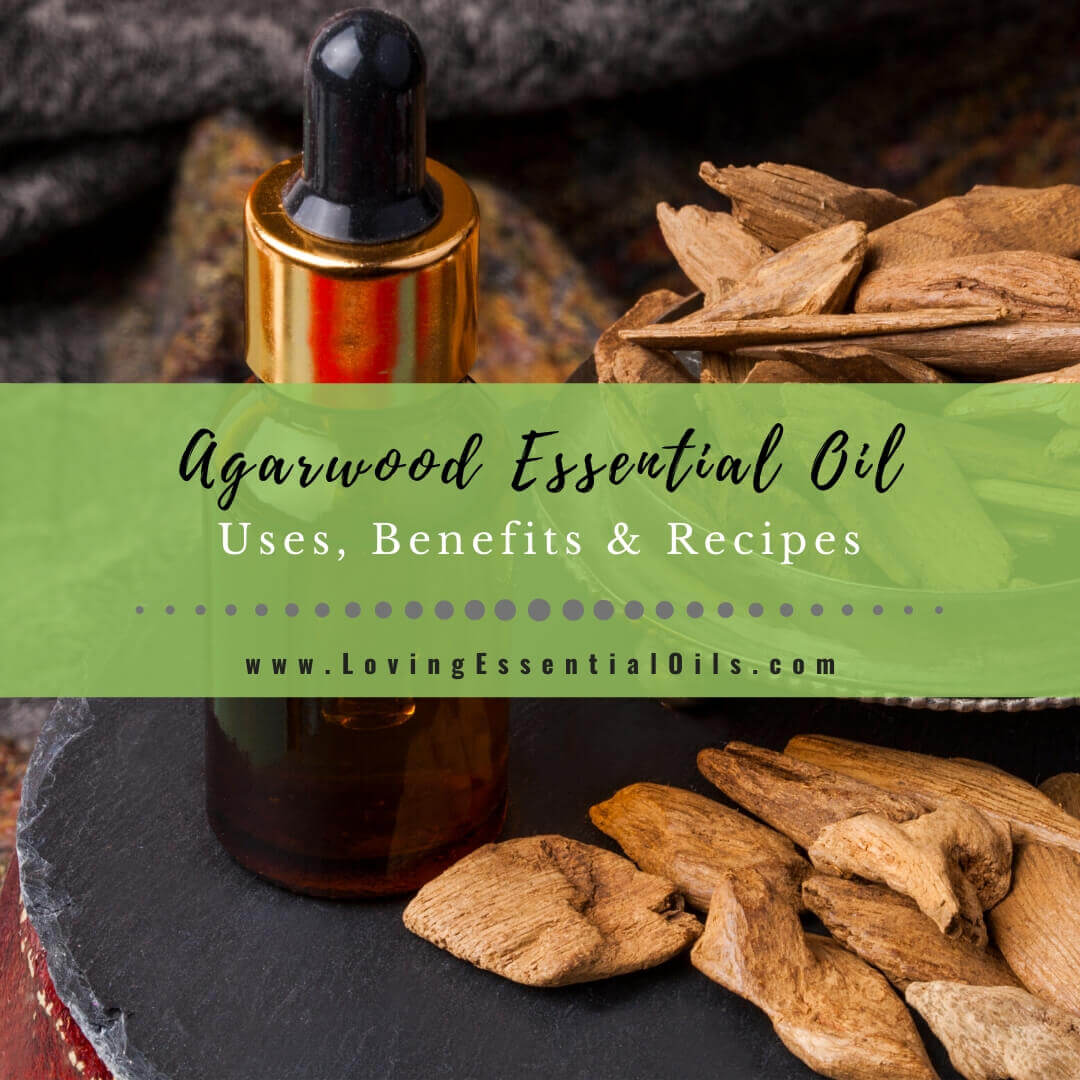Have some questions about carrier oils and how to use them with essential oils? This post goes over everything you need to know about Carrier Oils.
There is no need to get overwhelmed when it comes to using essential oils with carrier oils. They go hand in hand so beautifully and offer so many positive benefits.
Let's start at the basics and look at what are carrier oils?
What Are Carrier Oils?
Carrier oils are used in aromatherapy to dilute essential oils before applying them topically to the skin. Also called vegetable oils, base oils, or fixed oils.
Common Carrier Oils
- Jojoba Oil
- Sweet Almond
- Coconut Oil
- Grapeseed Oil
- Rosehip Oil
- Avocado Oil
The term “carrier” also refers to any substance used to dilute essential oils:
- Unscented Lotion
- Aloe Vera Gel
- Natural Butters (shea butter, mango butter)
Carrier Oils vs Essential Oils
There are differences between carrier oils and essential oils, here are some ways:
Carrier Oils |
Essential Oils |
| Extracted from fatty plant parts (seeds, nuts, kernels) | Extracted from a variety of plant or tree parts (leaves, roots, flowers, seeds, bark, wood, resin, fruit) |
| Little to no aroma | Highly aromatic |
| Can apply liberally to the skin as is (no dilution needed), or can be used as a base to dilute essential oils | Before applying topically to the skin, it is best practice to dilute essential oils in a carrier oil |
| Fixed oils, they do not evaporate | Volatile oils, they evaporate quickly |
Benefits of Using Carrier Oils
Protect Skin: Applying essential oils directly to the skin may cause irritation, burning, or redness.
Moisturize the Skin: With skin being our largest organ it is important to keep it healthy, carrier oils have nourishing properties.
Easy Application: You can cover a larger area when using carrier oils.
Better Absorption: Essential oils evaporate quickly, using them with carriers slows down the evaporation process so they have time to absorb.
Save Money: Drop per drop, carrier oils cost less.
Jojoba Oil
Jojoba Oil is actually a liquid wax that is excellent for skincare because it closely resembles the natural oils the skin produces (called sebum). It is balancing, nourishing, and protective to skin, making it great for everyday use.
- Botanical Name: Simmondsia chinensis
- Plant Part: Jojoba seeds (looks similar to coffee beans)
- Color: Golden Yellow
- Skin Type: All skin types, including oily, inflamed, acne-prone, or sensitive skin
- Aroma: Virtually odorless
- Viscosity: Medium, absorbs well
- Shelf Life: Highly stable, doesn't go rancid because it is a wax
- Uses: Roller bottle recipes, bath blends, face oils, lotions, and perfume blends.
Sweet Almond Oil
Sweet Almond Oil is a popular and affordable all-purpose carrier oil. It is non-greasy and has emollient properties that can assist inflamed and irritated skin. It's gentle on the skin making it suitable for all ages and skin types.
- Botanical Name: Prunus dulcis
- Plant Part: Almond kernels
- Color: Pale yellow
- Skin Type: All skin types including dry, sensitive skin, combination, or acne-prone
- Aroma: Light, sweet, nutty
- Viscosity: Medium, easily absorbed
- Shelf Life: 1-2 Years
- Uses: Massage oils, hair care recipes, body oils, face blends, creams, lotions
- Note: Avoid if nut allergy or sensitivity present, learn more here
Rosehip Oil
Rosehip oil is a valuable oil that has high antioxidant content which can rejuvenate the skin, keeping it healthy and young. It's also incredible for stretch marks, sun damage, scars, and hyperpigmentations.
- Botanical Name: Rosa canina, R. mosqueta, or R. rubiginosa
- Plant Part: Hips (fruit) of wild rose bushes
- Color: Golden reddish
- Skin Type: Dry, mature, or irritated skin
- Aroma: Mild, slightly earthy
- Viscosity: Light, leaves a hint of oil on the skin
- Shelf Life: 6-12 months (fragile oil, best stored in the refrigerator)
- Uses: Anti-aging blends, nail serums, skincare blends
Coconut Oil
Virgin Coconut Oil
Coconut oil is extracted from the white meat of coconuts. The rich and emollient oil is solid at room temperature and has a sweet coconut aroma (melting point 76 °F). Highly moisturizing to the skin, does leave a greasy feel. Use for homemade creams and balms.
Fractionated Coconut Oil
Coconut oil that has had the long-chain fatty acids removed. Leaving a light, clear, odorless oil that is always in liquid form. It absorbs well and is highly stable with a long shelf life. Great for roller bottle recipes, as well as massage and bath oil!
Shea Butter
Shea butter is a thick and creamy natural butter that makes an excellent moisturizer. It's perfect for dehydrated skin, especially during dry or cold months. Massage a small amount of shea butter to soften rough hands, heels, elbow, and knees.
- Botanical Name: Vitellaria paradoxa
- Plant Part: Nuts of the Shea Tree
- Color: Off white
- Aroma: Nutty
- Skin Type: All skin types
- Texture: Semisolid, melts on contact with warm hands/skin, leaves an oily feel
- Shelf Life: Up to 2 years
- Uses: Body butters, lotions, creams, and other natural skin care products
- Note: May trigger an allergic reaction in people who have a latex allergy
Diluting Essential Oils Guide
Essential oils are highly concentrated, 75-100 times more concentrated than dried herbs, each drop is so powerful.
Dilution Guidelines
In order to know how much essential oils to use with a carrier oil, you can follow a dilution guideline. First, determine what dilution percentage is best. In general, a good dilution level for a healthy adult is 2% for the body, and 0.5%-1% when using on the face.
Dilution Percentage Guidelines:
- Up to 1%: Young children, pregnant or breastfeeding women, elderly, sensitive skin, blends for face
- 2%: Older children, adults, chronic issues, daily use
- 3-5%: Short-term, acute issues, spot treatments
Want an easy way to determine dilution?
Check out our Essential Oil Calculator to determine what dilution percentage your DIY recipe is, or use it to determine how many drops you need for an EO blend based on your desired dilution level!
Measurements:
- 5 ml = 1 teaspoon
- 10 ml = 2 teaspoons
- 15 ml = 1 tablespoon
- 1 oz (30 ml) = 2 tablespoons
- 2 oz (60 ml) = 4 tablespoons (1/4 cup)
Carrier Oil Uses
Blending essential oils with carrier oils can be very simple. You can choose to premix a blend in a bottle or mix in your hand as you go.
Mixing in Hand: Use 1 teaspoon (5 ml) carrier and 2 drops of essential oil for a 2% dilution.
Mixing in a Bottle: Determine bottle size and what dilution percentage you want. Look on the dilution chart and find how many drops are needed.
Example: I want to make a Lavender massage oil in a 1 oz dropper bottle at 2% dilution, I will need 12 drops of lavender and the rest of the bottle will be filled with my carrier oil of choice (like sweet almond oil).
Common Bottles Used with Carrier Oils:
- Roller Bottles: Make roller remedies that are convenient for on the go or to have handy when an issue arises.
- Dropper Bottles: Great for beard oils, hair serums, massage oils.
- Glass Jars: A favorite for lotions, creams, bath salts, and balms.
"Hot" Essential Oils
Essential oils considered hot oils can give you a burning sensation when used directly on the skin.
Common "Hot" Essential Oils:
- Oregano
- Cassia
- Cinnamon
- Clove
- Thyme
These can be skin irritating too:
- Black Pepper
- Lemongrass
- Wintergreen
- Peppermint
Special care should be taken with hot oils and skin irritating oils, they must be well diluted with carrier oils and it is best to avoid them in bathwater.
If you have a skin reaction occur, it is best to wash the area with soap and water, then apply carrier oil to the area every few minutes until the reaction is neutralized.
Phototoxic Essential Oils
Phototoxicity is a reaction to sunlight, which can cause burning, blistering, and discoloration of the skin. Some essential oils increase the likelihood of a reaction. If put on skin that is then exposed to sunlight or tanning bed, phototoxic results can occur.
Common Phototoxic Oils & Safe Usage Limits:
For safety, it is good to be aware of the most phototoxic essential oils.
- Bergamot: 2 drops per 1 oz of carrier
- Angelica Root: 4 drops per 1 oz of carrier
- Lime (cold-pressed): 4 drops per 1 oz of carrier
- Bitter Orange: 8 drops per 1 oz of carrier
- Lemon (cold-pressed): 12 drops per 1 oz of carrier
- Grapefruit: 24 drops per 1 oz of carrier
**Dilute these essential oils at or below the safe usage limit if you will be exposed to sunlight within 12-18 hours.
Buying Carrier Oils
When buying carrier oils look for cold-pressed, unrefined oils. It is also best to buy organic oil if that option is available.
Refining an oil is usually done to obtain a light, odorless, more stable oil with a longer shelf life. Refined oils are less desirable than unrefined versions because most of the therapeutic components are lost in the refining process.
Avoid buy carrier oils in bulk unless you are planning to use them quickly. Especially if it is new carrier oil for you, get a smaller bottle so you can test and make sure you like it.
Storing Carrier Oils
By caring for your carrier oils, you will be able to enjoy them as long as possible...and reap all of their amazing benefits!
Simple tips to prolong carrier oil shelf life:
- Keep all caps tightly closed
- Avoid heat and sunlight as it speeds up the oxidation process and will turn your oils rancid
- Keep carrier oils in dark bottles to protect them from UV rays
- Avoid getting any water or moisture in bottles
- Use clean utensils when working with carrier oils
- Storing them in the fridge (it's cool & dark) is the best choice
Share on Pinterest






